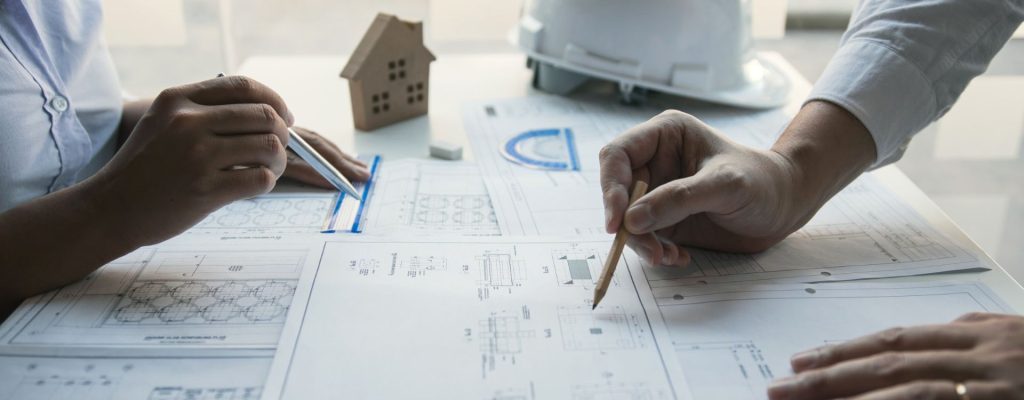
HVAC Designing & Drawing
HVAC Design and Drafting Services - HVAC Engineering Services
HVAC Design and Drafting is the leading HVAC engineering service provider offering detailed and accurate HVAC Solutions to contractors, sub-contractors, manufacturers, fabricators, and stakeholders of the projects. The in-house team of engineers and HVAC designers is trained and experienced enough in preparing custom HVAC Solutions that are tailored as per the need and requirements of the clients as well as the project.
The entire process of HVAC Services demands 100% accuracy along with precision. Having said this our company has experience for over decade-plus in providing data-driven, customer-oriented, and data-centric HVAC Design Servicesto its clients globally.
We are specialized in providing designing, drafting, and engineering services for large-scale commercial, residential, and retail projects in the field of heating, ventilation, and air-conditioning. With the use of necessary tools and HVAC software, we provide as well as deliver the work that is as per the expectation of our clients and also keeping in mind the current market trends and process.
HVAC DUCT SHOP DRAWING
Ducting shop drawings provide the mechanical contractors and fabricators with detailed information on how the ducts and equipment are placed in the building. They help the involved parties to make sure that their systems do not collide or clash with each other enabling better and more efficient collaboration amongst them. We provide accurate duct shop drawings for sheet metal contractors, fabricators and engineers allowing them to prefabricate the components on time, for efficient site installation. We leverage the benefits of BIM to produce accurate and clash-free duct shop drawings and duct layouts.
The purpose of air conditioning duct work is to deliver air from the fan to the diffuser which distribute the air to the air. The air moves through the duct work in response to a pressure difference created by the fan. The object of duct design is to size the duct so as to minimize the pressure drop through the duct while keep the size of the duct work to a minimum. Proper duct design requires a knowledge of the factors that effects pressure drop and velocity in the duct.
It has been very common to find out duct work problems when a unit fails and must be replaced. It’s recommended that the technician thoroughly check out the duct work before making a final decision for replacing a failed system with a new mechanic al system. It could that the old system failed because of improper air flow and if it not checked out the new unit could fail for the very same reason. The older unit could have been capable of handling the weak duct work better than the new system would because they were built with greater tolerance than the new system. Lack of air flow or too much air flow can bring their own set of problems. Remember air flow is the carrier of heat to the evaporator. If the system does not receive enough heat or too much heat either way the improper heat to the evaporator will affect the super heat of the evaporator coil.
Too much heat (increased air flow) will causes the system boil off the refrigerant sooner than it should and increase the superheat. And this will causes the technician to add more refrigerant than needed. Too little air flow will causes the refrigerant not boil off as soon as it should and technician to under charge the system. The super heat and sub cooling could be normal but because of improper duct work the true design saturation temperatures cannot be achieved in the evaporator coil or condenser coil. When the coil are not at the proper temperature heat transfer volume is greatly affected. Heat transfer is what makes the unit operate with efficiency. The term SEER (Seasonal energy Efficiency Ratio) is based on the BTUs per watt of power. All of the energy should be used in transferring heat (BTUs) not over coming. Poor system design outdoor temperature changes causes the energy used to vary with varying temperatures.
When the duct work is poorly design the energy used is often wasted overcoming the poor design and in many causes the poor design cannot be overcome. Improper air flow can mistake a technician if he does not truly understand the interpretation of the instruments reading. After proving the system is properly installed these reading can be taken and the tech can be satisfied the performance of the mechanical activity and the airflow through the duct work is acceptable. In residential systems the static pressure should be as near as possible to 0.5 inches wc and wet bulb temperature difference from the return and supply should be within 8 to 10 degrees. The dry bulb temperature difference from the return and supply should be 15 to 18 degree in more moist climates. Dry climate will have a small wet bulb changes and the dry bulb change will be over 20 degrees difference.

